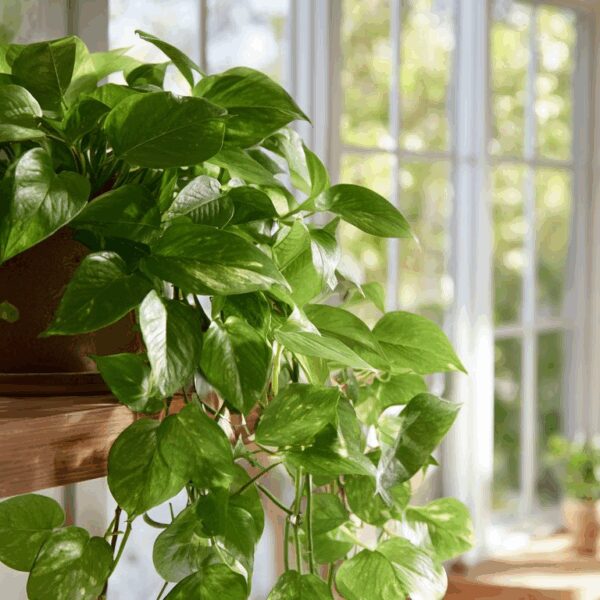If you’re like me, you know that the right mulch can transform not just your garden beds but also your whole vibe at home. Imagine those gorgeous blooms of tulips and daisies popping against a backdrop that truly complements them—it’s like giving your plants a stylish outfit to rock!
🌱 Green Thumb Essentials in 4 Points:
- Mulch Color Matters! 🎨 Choose wisely! Dark brown or black can be safe but may dull your vibrant plants. Lighter mulches like cedar or pine make those colorful blooms—think tulips and marigolds—really pop!
- Heat Control ☀️ Light colors reflect sunlight and keep soil cooler, perfect for those hot summer days. But black mulch? It can be a warm hug in spring, just watch out for your roots when the temps rise!
- Go Unique 🌊 Try crushed shells or gravel! They bring a fresh look and help with drainage while keeping weeds at bay. Imagine white shells contrasting against lush green ferns—stunning!
- Avoid Dye Dangers ⚠️ Skip dyed mulches for a natural vibe. They fade fast and might leach nasty chemicals. Stick to organic options for healthier plants and a thriving garden!
Choosing the Right Mulch Color for Curb Appeal
This is the time of year when gardens are bursting with color, and your mulch choice can make or break that curb appeal. You’ve probably seen it: the vibrant blooms of your tulips and daffodils, fresh green leaves on your shrubs, and then—bam!—that dull, dark mulch pulls everything down. So, what color should you choose to really pop against your plants?
Dark brown or black mulch can be a safe bet, but if it’s overshadowing your garden’s colors, you might want to rethink that choice. Look at your plants. If you have bright flowers like marigolds or petunias, a lighter mulch like cedar or natural pine can create a stunning contrast. The idea is to let those beauties shine!
Understanding Mulch Colors
Mulch isn’t just functional; it can be decorative too! The color of mulch can affect how your garden looks and feels. For instance, natural wood mulches, like cypress or pine bark, offer a warm tone that blends well with most plants. But if you’re looking for something a bit more striking, consider using red mulch. It’s bold and can really make green foliage pop.
How Mulch Affects Plant Health
And it’s not just about looks. The right color can help reflect sunlight and maintain soil temperature. For example, black mulch absorbs heat in cooler spring months—perfect for giving those early bloomers a warm hug when nighttime temps dip. But in hot summer months, that same black mulch can cook your roots if you’re not careful!
The One Watering Mistake That’s Killing Your Snake Plant (Even Though It’s ‘Indestructible’)
Light vs. Dark: What You Need to Know
Light-colored mulches reflect more light and keep the soil cooler in hot weather; this means less stress on plants during those scorching summer days in zones 7-9. Think about how each color will work with your specific plants’ needs based on the season.
Mulch Alternatives That Look Great
If you want to step outside the traditional options, try using crushed shells or gravel as a top layer! Not only do they look unique, but they also allow water to penetrate easily while preventing weeds. Just imagine how stunning white shells would look against rich green ferns—such an alluring contrast!
The Timing is Everything!
As we slide into late spring (hello May!), now is the perfect time to refresh or lay new mulch around your plants. If you’ve been eyeing those areas that need a little TLC, don’t put it off any longer! Aim for about 2-3 inches of mulch to suppress those pesky weeds while keeping moisture locked in.
Avoid Common Mistakes
So here’s the kicker: not all mulches are created equal! Avoid dyed mulches if you want a natural look. They may seem enticing at first with their vibrant colors but often fade quickly and may leach harmful chemicals into the soil over time. Stick with organic options whenever possible.
Look Out for Fungal Issues
If you’ve had issues with fungal growth in your garden before, steer clear of certain types of mulches like straw or certain wood chips that might harbor pathogens. Choosing clean materials will give you peace of mind and healthier plants.
Incorporating Seasonal Touches
This season is all about freshness and renewal! Consider adding seasonal decorations alongside your new mulch choices—think colorful planters filled with petunias or ornamental grasses swaying in the breeze next to that fresh layer of cedar chips.
Mixing colors can also enhance visual interest; maybe pair dark brown mulch with lighter-colored stones around focal points like birdbaths or seating areas.
Your garden should be a reflection of who you are—a lively space where people want to gather! So this year, pay attention to those little details like mulch color because they truly matter in making your garden stand out from the rest.







